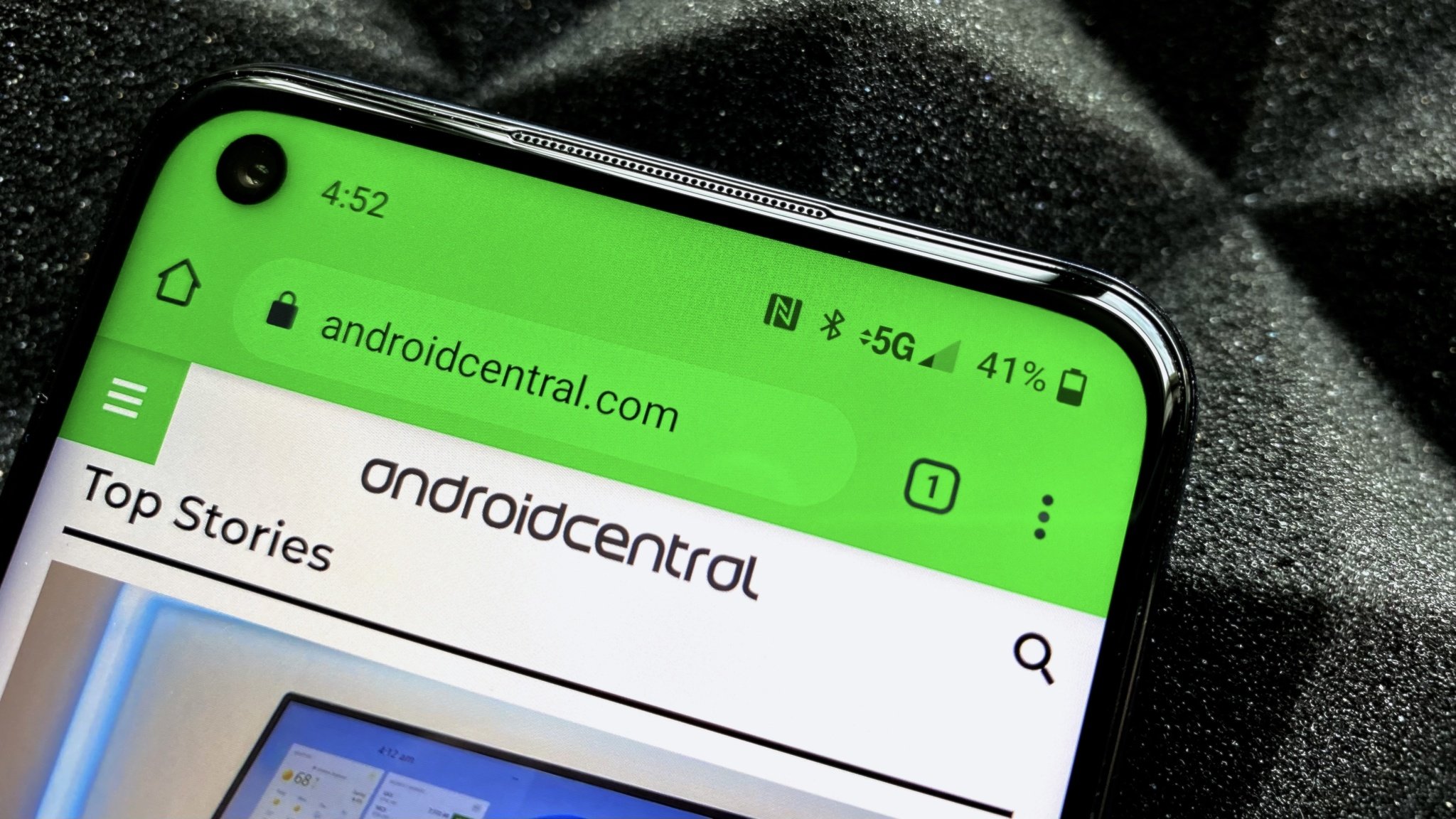The two companies have already agreed to delay mid-band deployment.
What you need to know
- AT&T and Verizon have proposed to limit their new 5G mid-band spectrum.
- The limits would allow the carriers to potentially avoid FAA concerns over interference.
- Both carriers have maintained that their new C-Band spectrum would not pose a problem.
Verizon and AT&T are preparing to launch their new mid-band 5G spectrum in January to booth their networks for the best Android phones, but there may be some limitations in its initial rollout.
The companies have penned a letter to FCC Chair Jessica Rosenworcel (via The Wall Street Journal), proposing power limits to their 5G towers. This would last roughly six months and allow the FAA to investigate the potential impacts that the frequencies may have on aircraft equipment, as pointed out by the Radio Technical Commission for Aeronautics (RTCA).
The letter, which was obtained by Android Central, points out how C-Band deployment in countries like Japan, Spain, Denmark, and Finland have not posed any problems despite higher power limits than those imposed in U.S. urban areas.
"The flawed nature of the RTCA Report is underscored by real-world experience," the companies state in the letter, which points out multiple technologies in use that would potentially cause greater interference but don't.
"Given the years of study and widespread global experience with 5G using C-band, AT&T and Verizon believe that supplemental protection—beyond the existing FCC technical rules and the massive separation between 5G networks and radio altimeters—is unnecessary."
The proposal comes after both companies agreed to push back their planned mid-band rollout for January 2022 after the FAA expressed concerns that the frequencies may interfere with radar altimeters which allow aircraft to measure their distance from the ground.
"We have voluntarily agreed to certain precautionary protection measures for 5G networks in the C-band while additional evidence from radio altimeter manufacturers is evaluated," AT&T told Android Central in a statement. "Though there is no credible evidence that a legitimate interference problem exists, we agreed to take these additional steps to alleviate any safety concerns from the FAA."
While both carriers moved their rollout, they're no doubt eager to deploy the new C-Band spectrum, which they spent billions of dollars on in a bid to boost their 5G networks against T-Mobile. Meanwhile, the Magenta carrier spent much less on the newer C-Band spectrum, so it is a lot less concerned. T-Mobile is already sitting pretty on a mountain of mid-band 5G thanks to its purchase of Sprint, of which none is a concern for the FAA.
Even as Verizon and AT&T both focused on other aspects of 5G deployment, the latter highlights the urgency of rolling out the C-Band spectrum as quickly as possible, particularly amid the current rip-and-replace mandates against Chinese 5G equipment.
"Unfortunately, any further delay in the launch of C-band for 5G will not only set back U.S. 5G leadership, it will also undermine the credibility of U.S. technology leadership, and, potentially, U.S. efforts to promote a more secure and trusted global communications infrastructure."
The power limits are expected to last until June 2022, although consumers will likely face minimal impact, according to WSJ.

Tidak ada komentar:
Posting Komentar